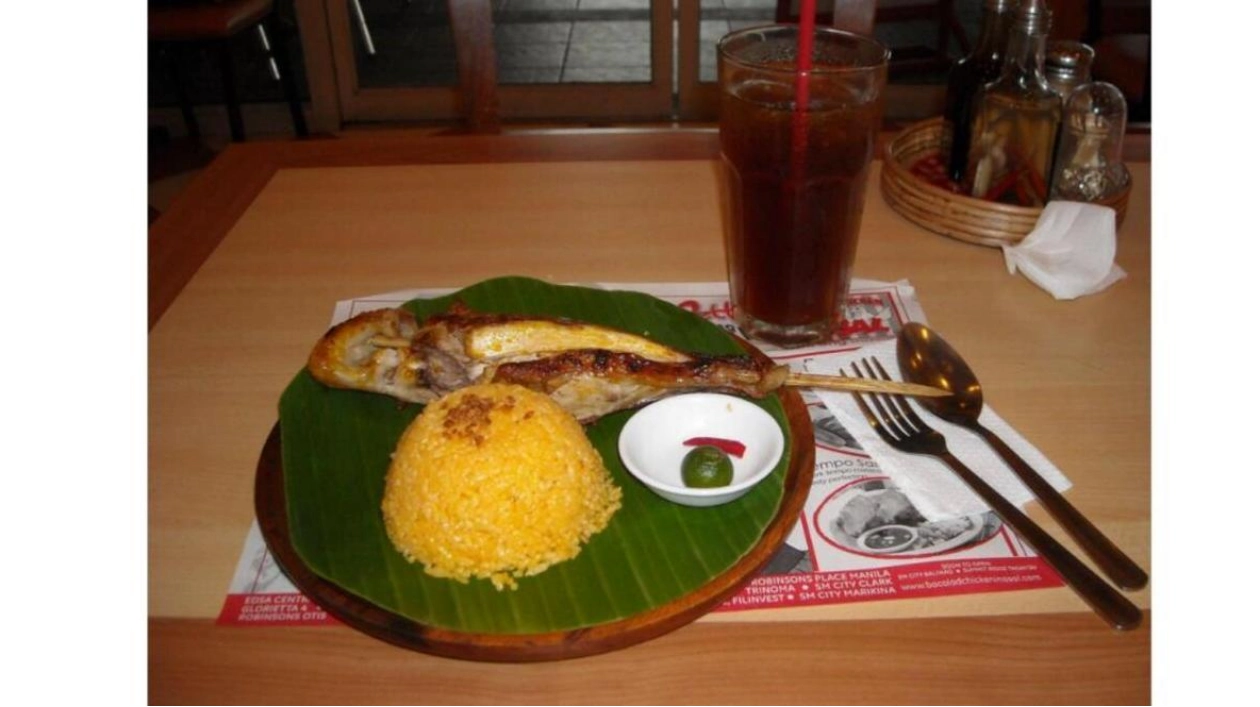When exploring a new destination, one of the initial things everyone craves to indulge in is the local cuisine. When in the Philippines, it is crucial to savor the authentic dishes. Embracing the diverse culinary marvels and customs of the Philippines is a truly enriching experience.
Filipino cuisine, a delicious journey in itself, encompasses influences from Indian, Malay, Chinese, and Spanish culinary traditions. You can immerse yourself in the local culture while traveling with Cebu Pacific Airlines.
Adobo
Simmering chicken in a blend of vinegar and soy sauce, seasoned with ample black pepper and crushed garlic, constitutes the unofficial national dish of the Philippines. Despite being given a Spanish name later on, adobo remains among the few indigenous meals in the area. This delectable dish epitomizes Filipino cuisine and complements rice perfectly. Each household prepares adobo differently, hence the flavor may slightly vary from one place to another.
Lumpia
If you're considering Filipino cuisine for lunch, consider trying Lumpia. This delightful deep-fried spring roll bears influences from Chinese culinary art. Filled with a blend of chopped vegetables and minced beef, it is unmatched when paired with the right sauces. This dish is quintessentially Filipino and will forever redefine your perception of spring rolls. It holds immense significance in Philippine food and culture.
Inasal
Are you a roast chicken enthusiast? Prepare to be captivated by Inasal, a culinary gem developed by the Visayan Islanders. The chicken is marinated in a mixture of ginger, lemongrass, and calamansi juice and then grilled over fire, finishing with a coating of annatto oil. Inasal, a Filipino delicacy typically served with rice, soy sauce dip, and occasionally liquid chicken fat, is not to be missed.
Pancit
Another tantalizing contribution from the Philippines, heavily influenced by Chinese cuisine, is pancit. Noodles combined with a variety of vegetables or meats create this effortless recipe. The name 'pantit' is derived from the Hokkien phrase 'pian e sit,' meaning 'something conveniently cooked.' Despite its simplicity, it exudes remarkable flavors that you will relish.
Sinigang
Sinigang, a quintessential sour and savory Filipino dish, is often associated with tamarind. This stew comprises fish sauce, tomatoes, onions, ginger, eggplant, and spinach. Depending on your preference, you can use fish or shrimp in the recipe. Whichever option you choose, the result is always a delightful stew, enjoyable as a soup or served over rice.
Cassava Cake
The revered cassava cake is unparalleled when it comes to classic Filipino desserts. Utilizing coconut milk and freshly grated cassava flour, this Pinoy delicacy offers a distinct flavor due to its customary baking over embers. Its numerous health benefits allow you to savor it without guilt.
Arroz Caldo
For a renowned Filipino dish with Chinese and Spanish influences, look no further than arroz caldo. Translating to 'rice soup' in English, this delectable dish is a blend of rice and chicken simmered in broth with chives, ginger, and sometimes saffron, akin to Vietnamese congee. Indulge in a comforting bowl of arroz caldo, offering both nourishment and culinary delight.






